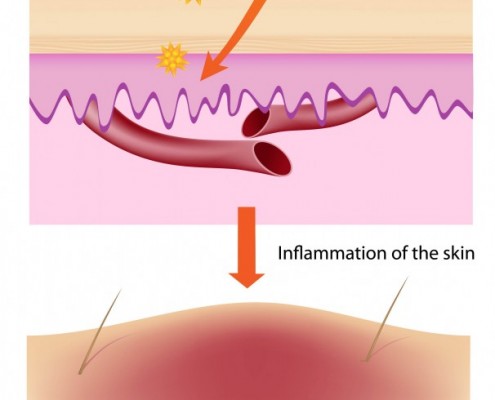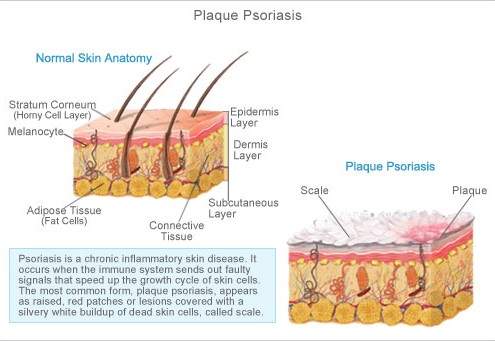Spider Vein Treatment
Spider Vein Treatment Plan – What are Your Options?
While the development of spider veins increases with age, there is no reason to suffer with these unsightly marks. There are many spider vein treatment options available on the market today. There has been much advancement in technology and laser treatments to address spider veins have become incredibly effective. It is worth at least considering your treatment options before you decide to simply live with your vein concerns.
In most cases, an effective spider vein treatment plan will consist of natural lifestyle adjustments and non-surgical cosmetic treatments. You may need just one treatment to get rid of a few small spider veins, or you may need a series of treatments to eliminate a more severe case. You can make that determination after you have an initial consultation with our trained professionals, but this information will allow you to walk into your initial consultation with some understanding of possible treatment options.
Compression Therapy
This is the simplest form of treatment for spider veins. You wear graduated compression stockings or garments that apply pressure around the affected area of your body. This pressure helps the veins force blood back to the heart more efficiently. This is the same treatment used to improve blood flow in varicose veins.
For many people with mild spider vein problems, this is enough to reduce the appearance of existing spider veins and prevent future occurrences, especially when compression therapy is combined with natural lifestyle remedies. Later in this guide, you will learn more about the natural lifestyle changes that can help control, relieve and prevent vein problems.
Put Your Feet Up
Keeping the legs elevated is another way to help restore natural blood flow through your veins. While sitting with your legs raised as often as possible may help prevent future problems with your veins, this is typically only one part of a more complicated treatment plan for spider veins.
Laser Treatment for Spider Veins
If you do not get the results you want from lifestyle change, including compression therapy and keeping your legs raised as often as possible, you may consider cosmetic procedures that deliver more impressive results. Thanks to the advancement of technology, laser procedures are now the best option you have for eliminating the spider veins that are currently affecting your body. You will get the best results when you combine your laser treatments with lifestyle adjustments.
Laser treatments are completed in less than an hour and allow you to return to your daily life immediately after your appointment. No one has to know that you have undergone spider vein treatment unless you tell him or her yourself. When you use the powerful, safe and effective spider vein laser treatment, you can expect to see some improvement in the appearance of your veins immediately.
It typically takes two or three laser treatments to significantly reduce or completely eliminate the appearance of spider veins. If you have a more severe case that covers a large area of your body, you may need more treatment sessions. This will be discussed during your initial consultation when your medical professional thoroughly reviews your medical history and examine the area you want treated.
Laser treatment is performed with a handheld device that emits light frequencies into the veins. The goal is to close up the veins so that they are no longer available for blood flow. Your body will naturally compensate by turning the vein into scar tissue and sending your blood through healthier veins. This is why it is so important to make lifestyle changes that will help prevent the problem from occurring in those other veins.
There is some risk of developing side effects from laser treatment, such as:
- Burns
- Skin irritation
- Swelling
- Skin discoloration
You can drastically reduce your risk of suffering these side effects by selecting a well-trained, experienced medical provider qualified to deliver this type of laser treatment. The professionals at Advanced Dermatology have experience with state-of-the-art elōs treatment, in order to maximize patient results while reducing the associated risks.
Sclerotherapy
This is often considered an alternative to laser treatment for spider veins, but it is not the ideal option for most people. The procedure requires a trained professional to inject each of the spider veins with a medication that causes the vein walls to expand and then collapse. The body eventually turns the veins into scar tissue, in similar way to what happens with the less time-consuming laser procedures that are now available.
Just like laser therapy, this treatment is best combined with natural preventative treatment options. The treatment will cause significant reduction in the appearance of your spider veins over a period of weeks, but you still need to make sure your lifestyle does not encourage the development of new spider veins. You may need multiple sclerotherapy treatments before you completely eliminate your spider veins to satisfaction.
Preventative Lifestyle Changes
Whether you decide to go through with cosmetic procedures to reduce the appearance of your spider veins or not, it is important to make lifestyle changes to prevent future problems. If you decide to forego treatment for your spider veins, you may notice that your vein problems worsen with time if you do not take action. If you do have your veins treated, you may develop additional spider veins in the future if you do not make some changes.
All of the following lifestyle factors can significantly increase your chances of developing spider veins and may aggravate the spider veins that you already have:
- Lack of movement
- Obesity
- Excessive sitting
- Excessive standing
- Hormonal fluctuations
- Exposure to sunlight
You can probably identify which of these risk factors are currently at play in your life, and it is not difficult to determine lifestyle changes that can lower your risk. For instance, if you know that you are overweight, you may start focusing on good nutrition and add exercise into your daily life in order to reduce your risk. If your job requires you to sit at a desk most of the day, you may set a goal of getting up and walk around the office every hour or two.
Simple lifestyle changes such as going for walks or running around the yard with your children can help improve the spider veins you already have and prevent the development of future vein problems. You may still opt to seek treatment for your spider veins, but these lifestyle changes are essential if you do not want to have repeat treatments as new veins appear in the future.
Create Your Treatment Plan
When used independently, cosmetic procedures and lifestyle changes cannot guarantee that you will never again suffer from spider veins. That is why a comprehensive treatment plan includes a variety of methods to prevent and treat vein problems. As you work to fight spider veins, you will also work to prevent and eliminate varicose veins that are often caused by the same conditions as spider veins.
Begin your spider vein treatment plan with graduated compression therapy and a more active lifestyle. At the same time, if you are not there already, work toward achieving a healthy body weight. Most importantly, visit a qualified medical professional for a consultation to review your treatment options.





